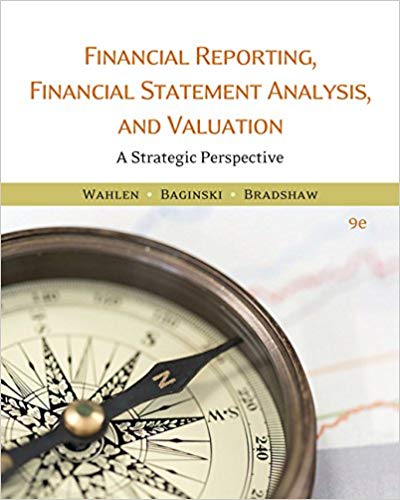East Texas Telecom (ETT) is considering a project that costs $250 million and has an expected life
Question:
East Texas Telecom (ETT) is considering a project that costs $250 million and has an expected life of 3 years. The company is forecasting a 10 percent probability of excellent future conditions, in which case the project is expected to generate cash flows of $200 million per year. There is a 30 percent probability of good future conditions, in which case the cash flows are expected to be $150 million per year. There is a 30 percent probability of average future conditions, in which case the cash flows are expected to be $100 million per year. There is a 15 percent probability of below average future conditions, in which case the cash flows are expected to be $25 million per year. There is a 15 percent probability of bad future conditions, in which case the cash flows are expected to be $-25 million per year. ETT uses a 10 percent hurdle rate to evaluate projects like this.
Assume that the project cannot be abandoned after the first year of operations without a total write-off of the investment cost. However, expertise gained by implementing the project will lead to an opportunity at the end of Year 3 to undertake another similar venture. The upfront cost of the investment is growing at a rate of 5% per year so its cost at the end of year 3 (beginning of year 4) would be 15.8% higher than its current cost. The new venture would be expected to generate the same cash flows following whichever branch resulted from the original project; that is, annual cash flows of either $200 million, $150 million, $100 million, $25 million, or $-25 million for the subsequent three years if the company chooses to make the second investment. Use decision tree analysis to estimate the value of the project, including the opportunity to implement the new project at the end of Year 3. Assume the cost of the subsequent investment at the end of Year 3 would be known with certainty and would thus be discounted at the risk-free rate of 2 percent. Hint: The second investment opportunity would only be undertaken under the two best scenarios.
Construct one decision tree for the operating cash flows, evaluated at the hurdle rate, and one for the cost of implementing the new project, evaluated at the risk-free rate, and then sum the two NPV amounts. What is the expected NPV of the project given the change in assumption
Show the tree analysis.

Financial Reporting Financial Statement Analysis and Valuation a strategic perspective
ISBN: 978-1337614689
9th edition
Authors: James M. Wahlen, Stephen P. Baginski, Mark Bradshaw




